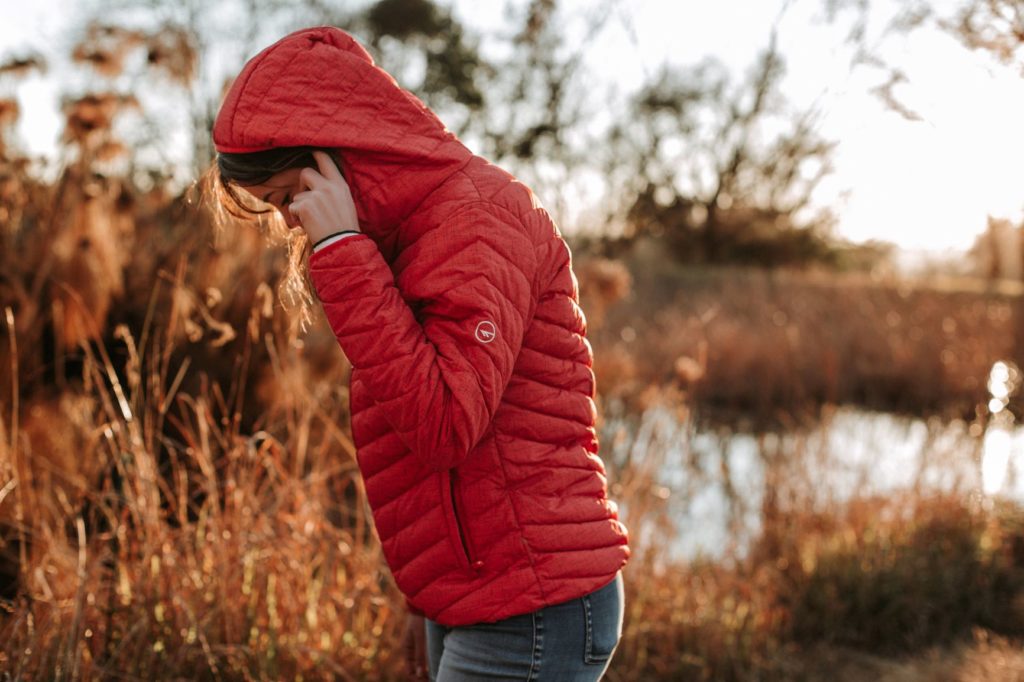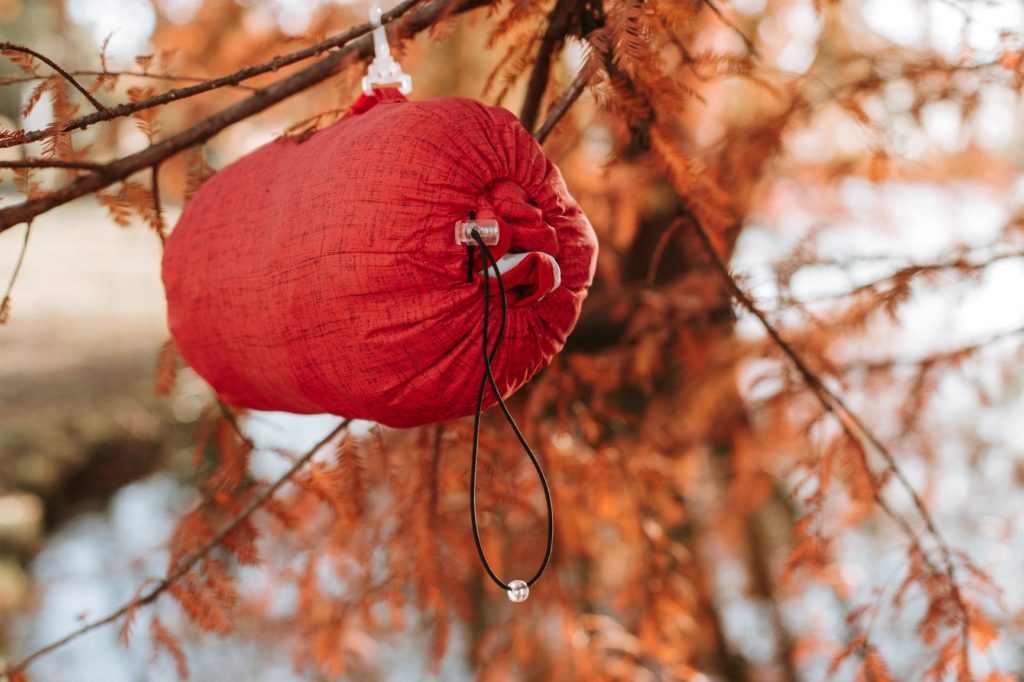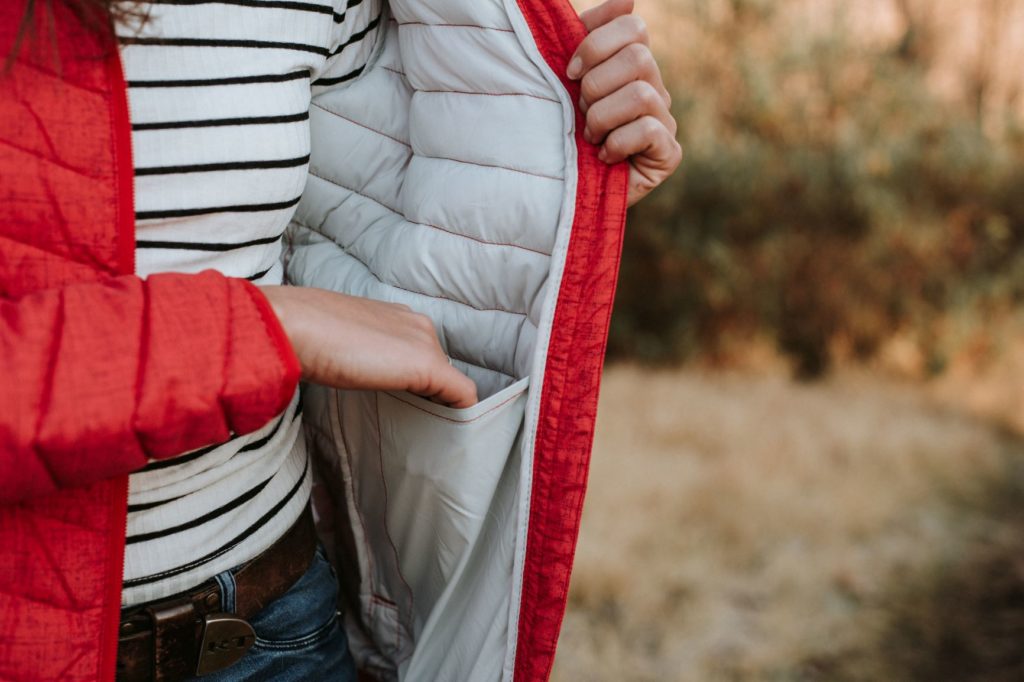It’s been a few years since the puffer jacket entered mainstream fashion again, but there’s been a crucial change to this popular travel must-have.

I wasn’t fond of puffer jackets when they first came out. Then, I used one on the Otter Trail. The lightweight insulating coat was perfect for travel. It’s easy to scrunch down to a portable packing size, it’s warm and cosy and keeps out the wind, plus, it almost always looks effortlessly neat. My only gripe is that it’s a hack to wash because, like most South Africans, I don’t own a tumble dryer (which is essential to cleaning and re-fluffing down-filled wear).
Like sleeping bags, puffer jackets come with two main types of insulation: traditional down or synthetic. The most significant difference for outdoor enthusiasts is that synthetic filling offers better warmth in rainy conditions, while down tends to clump when wet, affecting its insulation ability.
Tip:Know the difference before you buy one.

Recently, there’s been a wave of preference for synthetic insulation filling and Hi-Tec is part of that evolution. The recycled fibres that now load Hi-Tec’s puffer jackets were once plastic bottles. This new fibre is called Repreve and helps to divert plastic bottles—billions of them—from landfills and oceans, turning them into useful, wearable, more environmentally-friendly clothing instead.
Tested at Delta Park
Up with the Johannesburg dog walkers, I took an early-morning stroll to test drive the Hi-Tec Flen II Puffer Jacket in Delta Park. The red looked fantastic complemented by the highveld’s winter khaki coat, but the vivid toning is practical too. The jacket colour is not only easy to spot but also features reflective details – a big plus since all exercise resides outside these days. Thanks to synthetic filling, the jacket is naturally hydrophobic (so it cannot absorb water) and quick-drying. The Flen II is also lightweight, but slightly bulkier than other jackets when packed into it ‘sleeping bag’ cover. I loved the secret inner pocket, a handy spot to stash valuables, but most importantly, I remained toasty throughout the walk. Elasticated cuffs and hems kept the fresh morning breeze out (as did the hood) and the jacket still offered give in all the right places. In other words, I didn’t feel too wrapped up for winter to move.

Hi-Tec Flen II Puffer Jacket Tech Specs
- Lightweight
- Filled with 140-gram recycled polyester insulation
- Fixed hood
- Reflective elements
- Zipped handwarmer pockets
As opposed to creating brand new synthetic fibres, recycling plastic to create the Repreve filler emits fewer greenhouse gases and conserves water and energy in the process. That makes a big difference for our future.
In the spirit of minimising waste, take up the #PlasticFreeJuly challenge to do even more to help the planet.

What is #PlasticFreeJuly?
The annual movement started a decade ago over in Austalia and aims to assist ordinary humans in reducing their single-use plastic waste at home, work, school, and even at the local café.
The growing movement helps individuals be part of the solution to plastic pollution. The idea is to pick one challenge for July, and hopefully continue with the pollution-fighting habit.
How can I reduce my plastic usage?
Beyond ditching straws, takeaway coffee cups and other conventional strategies, here are some of the next steps you can take to tackle your daily plastic usage. You can also sign up to be a part of the challenge and receive weekly reminder emails with more tips.
1. Scale back on liquid soaps
Choose biodegradable bar soaps in place of liquids in plastic containers. Also, do not buy exfoliators or cleansers with microbeads. These little beads are made from plastic and leech into the waters, eventually ending up in the ocean. Check out the local biodegradable brand, Zero Bar, for eco-friendly shampoo and body bars.
2. Shop smarter for food
The Covid-19 pandemic has changed my habits for sure. I now shop once a week and tend to buy in bulk to reduce my exposure to the virus. Luckily, this is better for me and the planet. Planning your shop helps to reduce food waste and buying in bulk usually equates to less packaging and plastic. For plastic-free produce, take a cloth bag and fill it at your local farmers market, wholesale fruit and vegetable store or even the local Pick’n Pay. Lockdown has also seen a proliferation of vegetable and deli boxes you can order online. For Joburgers, I love the Ubuntu Project fresh produce box which is entirely free of plastic (here are more recommendations) while Faithful To Nature and Babylonstoren deliver to Cape Town.
There is a ‘dirty dozen’ list compiled thanks to beach clean-up data. These are the other problematic food items to reduce: chip packets, plastic lollipop sticks, cooldrink bottles and lids (opt for cans) and sweet wrappers.
3. Tea and coffee
Besides brushing your teeth, this daily beverage might be one of the most significant ways to combat single-use plastic. It’s surprising how many teabag brands feature plastic, and did you know that most filter coffee bags are not recyclable? Switch to tea leaves or read the box to ensure no plastic was used to manufacture the teabag. Coffee-lovers (like me) should consider the new Greenpop Arise Coffee, which helps to plant trees and comes in an eco-can. Otherwise, Woolworths stores with coffee counters also offer beans straight from their bulk dispensary. Take your own bag and fill up
4. Reusable masks
Labelled ‘the next pandemic’ the single-use masks are already showing up on our oceans. Instead of using disposable surgical masks, opt for a reusable and washable cloth mask. The World Health Organisation has supported the move towards three-layered reusable face masks to protect against the virus.
Images by: Gypsy Dreams Photography
